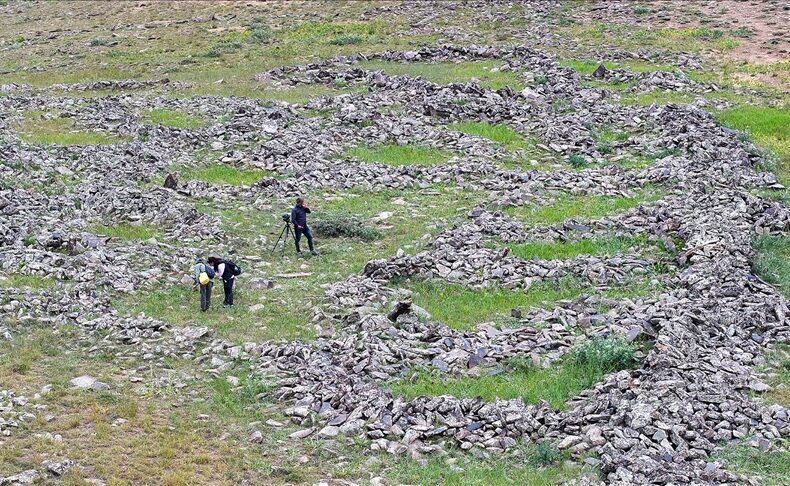
3,000-Meter-High Stronghold Discovered in Eastern Türkiye May Reveal Urartian Secrets
Archaeologists unveil a massive high-altitude Iron Age fortress in Van’s Tirişin Plateau, offering rare insight into the military and pastoral strategies of ancient eastern Anatolia.
In a groundbreaking discovery that could reshape our understanding of highland civilizations in eastern Anatolia, archaeologists in Türkiye have uncovered the ruins of a colossal mountain-top fortress nearly 3,000 meters above sea level. The site, found in the rugged Tirişin Plateau near Beşbudak Village in Van’s Gürpınar district, is believed to date back to the Iron Age and possibly linked to the Urartian Kingdom—one of the most enigmatic powers of the ancient Near East.
The fortress sprawls across the mountaintop with approximately 50 rooms, inner citadels, and a stone wall stretching nearly 4 kilometers. Such a scale, at this altitude, makes the discovery unprecedented in regional archaeology.
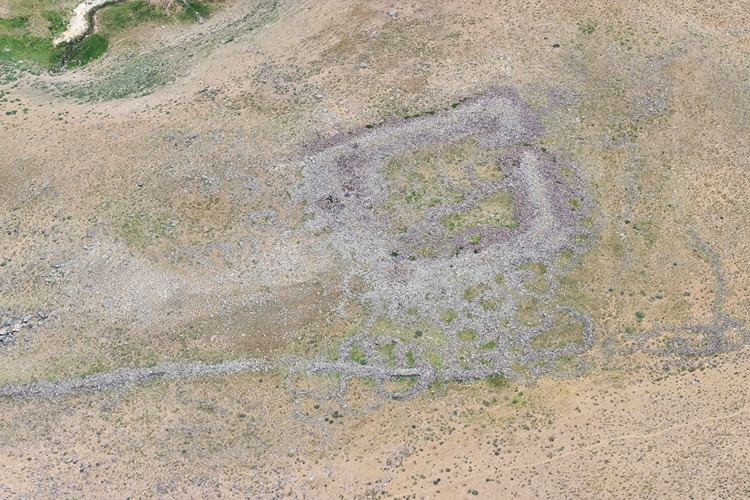
A Fortress in the Clouds
The discovery was made during a surface survey led by Prof. Dr. Rafet Çavuşoğlu of Van Yüzüncü Yıl University, with support from Türkiye’s Ministry of Culture and Tourism. The 12-person team—comprising archaeologists, anthropologists, and art historians—reached the windswept plateau after a two-hour climb. What they encountered surpassed all expectations.
📣 Our WhatsApp channel is now LIVE! Stay up-to-date with the latest news and updates, just click here to follow us on WhatsApp and never miss a thing!!
“This was not just a fortress—it was a full-blown settlement built for defense, pastoralism, and administration,” said Prof. Çavuşoğlu. “The construction suggests a long-term occupation, stretching from the Iron Age well into the medieval period.”
Among the finds were millstones, ceramic fragments, and carved symbols. The presence of circular burial-like mounds, resembling kurgans, further hints at ceremonial or elite activity.
Strategic High Ground: Urartian Style
The Urartians, who ruled eastern Anatolia between the 9th and 6th centuries BCE, were famed for building fortresses in mountainous regions—blending military foresight with agricultural acumen. Tirişin’s elevation, abundant water, and fertile grazing lands fit the Urartian playbook.
“Everything here aligns with Urartian logic,” said Çavuşoğlu. “Control the heights, control the valley.”
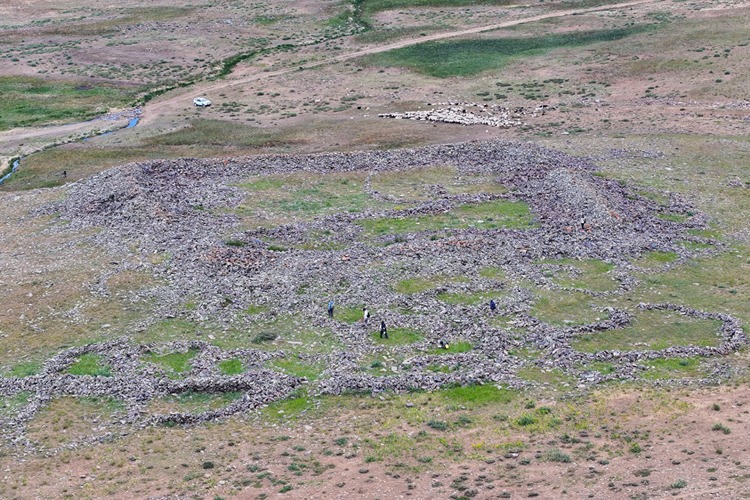
- Natural fortification
- Clear lines of surveillance
- Easier water management through gravity-fed channels
The newly discovered site may have served all these purposes—and more.
Local Support and Preservation Plans
The discovery has stirred enthusiasm in the local community. Beşbudak’s village headman Mehmet Ceylan emphasized its cultural significance and called for archaeological preservation.
“This mountain is part of who we are,” said Ceylan. “We want the world to see what our land has been hiding.”
The Van Cultural Heritage Preservation Board is working on formal registration and protection of the site. Drone mapping and GPS modeling are already underway to document and preserve the fortress digitally.
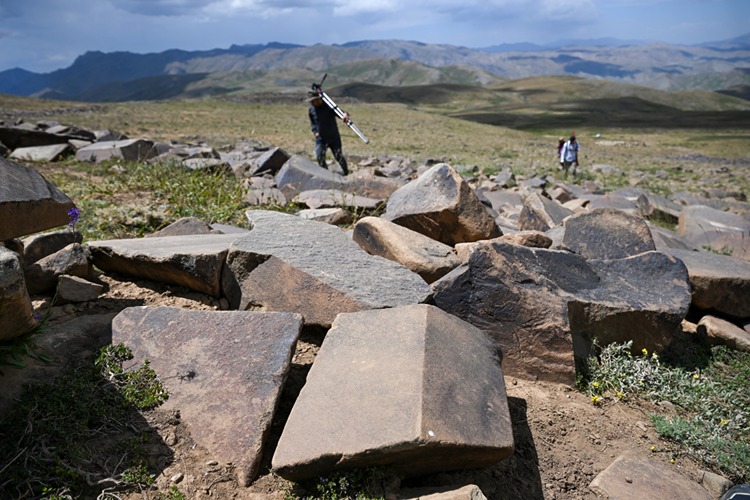
A New Frontier in Eastern Anatolia’s Archaeology
As archaeologists continue to map and analyze the site, the Tirişin Fortress is poised to become a key case study in high-altitude archaeology. It may also invigorate cultural tourism in Van—already a hotspot for Urartian studies and mountain adventure seekers.
What was once a forgotten summit is now a window into the complex, adaptive strategies of ancient highland civilizations. And with every basalt stone uncovered, the echoes of the Urartians grow louder.
You may also like
- A 1700-year-old statue of Pan unearthed during the excavations at Polyeuktos in İstanbul
- The granary was found in the ancient city of Sebaste, founded by the first Roman emperor Augustus
- Donalar Kale Kapı Rock Tomb or Donalar Rock Tomb
- Theater emerges as works continue in ancient city of Perinthos
- Urartian King Argishti’s bronze shield revealed the name of an unknown country
- The religious center of Lycia, the ancient city of Letoon
- Who were the Luwians?
- A new study brings a fresh perspective on the Anatolian origin of the Indo-European languages
- Perhaps the oldest thermal treatment center in the world, which has been in continuous use for 2000 years -Basilica Therma Roman Bath or King’s Daughter-
- The largest synagogue of the ancient world, located in the ancient city of Sardis, is being restored

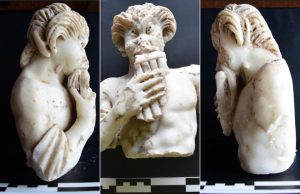
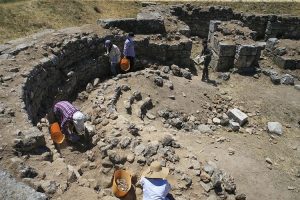
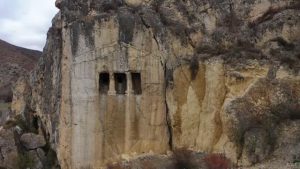
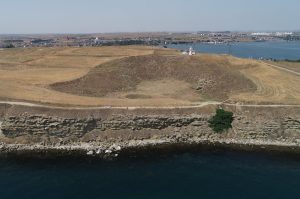
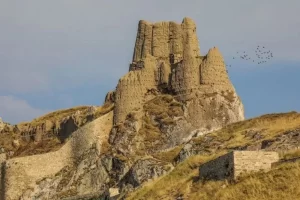
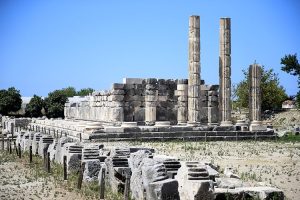


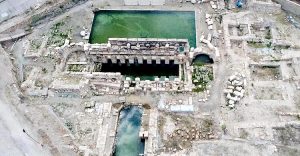
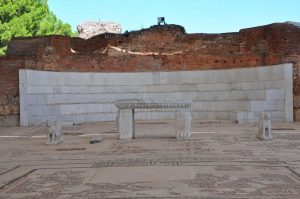
Leave a Reply